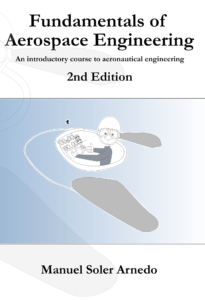Description
This course aims to combine theory and practice to provide a comprehensive introduction to the fascinating, but also complex, discipline of aerospace engineering, with particular emphasis on all matters related to air navigation. In particular, general aspects as the rational and efficient use of resources, air safety, quality and environmental impact of aerospace activity will be analyzed.
The course is divided into four basic blocks, namely: General introduction, The Airplane, Airports and Air Transportion, Air Navigation. Throughout these blocks the student must achieve to understand the basics of atmospheric flights (ISA and planetary references), the technology that apply to the aerospace sector, in particular with a specific camprehension of the elements of an aircraft, including aircraft aerodynamics, aircraft structures, aircraft propulsion, systems and airplane equipment, atmospheric flight mechanics, stability and control, the airports and the global air transport system (covering botht regulatory and economical frameworks), the global air navigation system (its history, current status, and future development).
The course is complemented by a practical approach. Students should be able to apply theoretical knowledge to solve practical cases using acedemic (but also industrial) software, such as MATLAB. The course also includes a series of assignments to be completed individually or in groups. These tasks comprise an oral presentation, technical reports, scientific papers, problems, etc. The course is supplemented by scientific and industrial seminars, recommended readings, and a visit to an institution or industry related to the study and of interest to the students.
No specific knowledge is required. However, it is strongly recomineda consolidated knowledge in algebra, calculus, basic physics, in paritcular, foundations of solid mechanics, programming fundamentals. It is also recommended that the student will acquire the knowledge imparted parallel differential equations, numerical calculation and electromagnetic fields.
Table of Contents
I.- Generalities
Topic 1. “The scope”
Topic 2. “Generalities”
II.- The Aircraft
Topic 3. “Aerodynamics”
Topic 4. “Propulsion”
Topic 5 “Aircraft systems”
Topic 6 “Aerospace structures”
Topic 7. “Flight Mechanics”
III.- Airports and Air Transportation
Topic 8. “Airports”
Topic 9. “Air Transportation”
IV. Air Navigation
Topic 10. “The system of Air Navigation”





